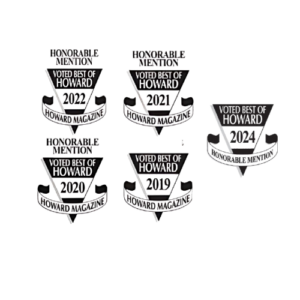Frozen Shoulder (Adhesive Capsulitis)
Frozen shoulder is the common name of adhesive capsulitis, an inflammatory condition that restricts motion in the shoulder. The tissues around the joint stiffen, adhesions (internal scar tissue) form, and shoulder movements become difficult and painful. The condition sometimes occurs because of lack of use due to pain caused by injury, but can also arise with no obvious cause. It is associated with stiffness, pain and limited motion at the shoulder joint
AC Joint Separation
The shoulders are the most mobile joints in the body, but unfortunately this makes them prone to injury. A shoulder separation is the partial or complete separation of the clavicle (collarbone) and the acromion process (the top of the shoulder blade at the end) which meet at what is called the acromioclavicular joint (AC joint). The most common cause of a separated shoulder is a fall or blow to the shoulder. The impact may stretch or tear the ligaments that stabilize the AC joint. This separates the bones in the shoulder, creating a bump at the top of the shoulder.
Tendonitis
What is it? Shoulder tendinitis is a common overuse injury in sports (such as swimming, baseball and tennis) where the arm is used in an overhead motion. The pain usually felt at the tip of the shoulder and referred or radiated down the arm occurs when the arm is lifted overhead or twisted. In extreme cases, pain will be present all of the time and it may even wake you from a deep sleep.
Bursitis
What is it? A bursa is a tiny fluid-filled sac that functions as a gliding surface to reduce friction between tissues of the body. The plural of bursa is bursae.. When injury or inflammation of a bursa around the shoulder joint occurs, shoulder bursitis is present.
Older age is associated with bursitis, and one of the most common places it strikes is in the shoulder, which has the greatest range of motion of all the body’s major joints. The pain is generally felt along the outside top of the shoulder. The discomfort of bursitis tends to be most severe after a night’s sleep and will typically subside somewhat with normal activity.
Dislocation
What is it? If your shoulder is wrenched upward and backward, you may dislocate it out of its socket. This condition is both painful and incapacitating. The force required is often that of a fall or a collision with another person or object (both of which can occur during many sports).
The patient will have great difficulty moving your arm even a little bit.
Subluxation Problems
What is it: A shoulder subluxation or instability involves a temporary, partial dislocation of the shoulder joint.
A partial dislocation (subluxation) means the head of the upper arm bone (humerus) is partially out of the socket (glenoid). A complete dislocation means it is all the way out of the socket. Both partial and complete dislocation cause pain and unsteadiness in the shoulder.

